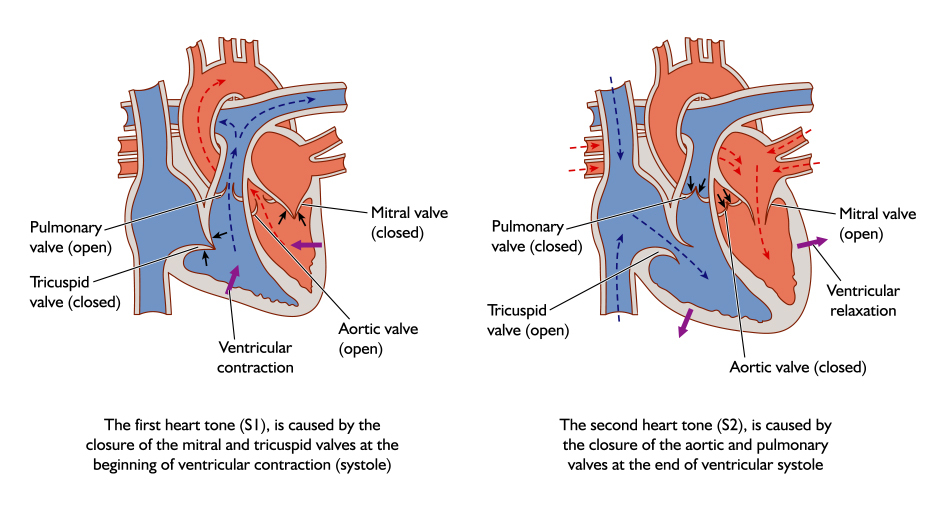Mitral Valve Surgery Identified As Potential Treatment For PAH Secondary to Mitral Valve Disease

In a recent study entitled “An excellent result of surgical treatment in patients with severe pulmonary arterial hypertension following mitral valve disease,” authors analyzed recent outcomes and mortality rates for patients with pulmonary arterial hypertension who underwent mitral valve surgery. They observed a significant decrease in the number of deaths and suggest that mitral valve surgery is an effective treatment and relatively safe in this group of patients. The study was published in the Journal of Cardiothoracic Surgery.
Patients undergoing mitral valve surgery (mitral valve is the valve located between the left atrium and ventricle of the heart) that have Pulmonary Arterial Hypertension (PAH) are traditionally considered a high-risk group with a high operative mortality (15% to 31%). However, according to researchers, thanks to advances in surgical technology and drug treatments, surgery-related deaths are on the decline in the PAH patient population, making the surgery more viable as a therapeutic option.
To assess this, the authors of the study executed a retrospective analysis of surgeries performed in 32 patients with mitral valve disease and severe pulmonary arterial hypertension (defined as pulmonary arterial systolic pressure with at least 80 mmHg) over a period of 3 years. The data analyzed included type of the surgery, cardiopulmonary bypass time, cross-clamp time and mortality rate.
From the 32 enrolled patients, 27 of them had the mitral valve replaced with a mechanical valve and 5 patients with a tissue valve, usually harvested from the heart of pigs or cows. The authors found that patients’ pulmonary arterial systolic pressure showed a significant decrease after surgery (postoperative period) when compared to their preoperative profile, accompanied simultaneously with a decrease in the heart’s left atrial and left ventricular end-diastolic diameter (one of the most important measurements corresponding to the largest cardiac dimension and measured at end diastole, on the frame after mitral closure).
The team observed that all patients with mitral valve disease and severe PAH treated surgically registered a mortality rate of only 3.1%, a significant reduction and considered a satisfactory outcome. The authors highlight that several measures can contribute to the observed improvement as a result of the surgery, including improving preoperative cardiac function, a correct selection of the type of mitral prosthetic valve (crucial to avoiding acute left heart failure), reducing cardiac pressure in the right heart with the use of diuretics and vasodilators, and decreasing pulmonary arterial pressure after mitral valve surgery.
According to their analysis, authors highlight that mitral valve replacement can benefit patients with mitral valve disease and severe pulmonary arterial hypertension with a low risk for mortality.







